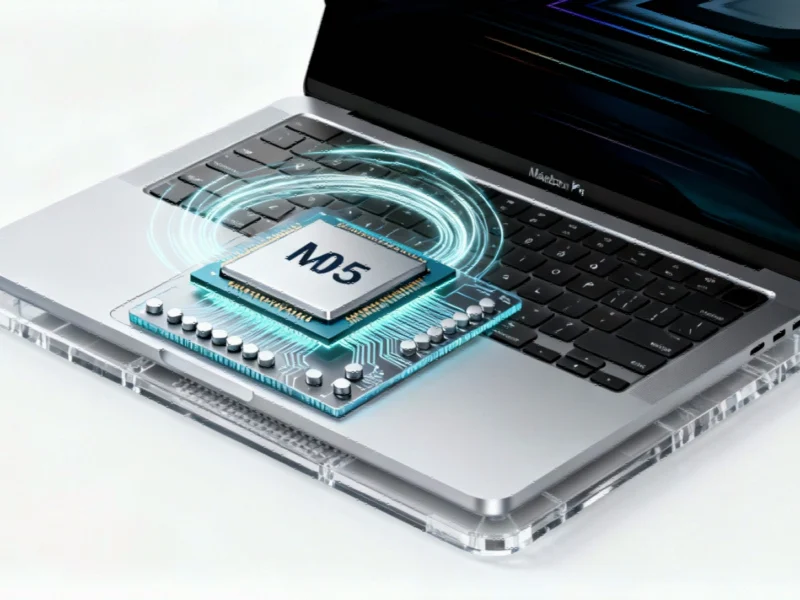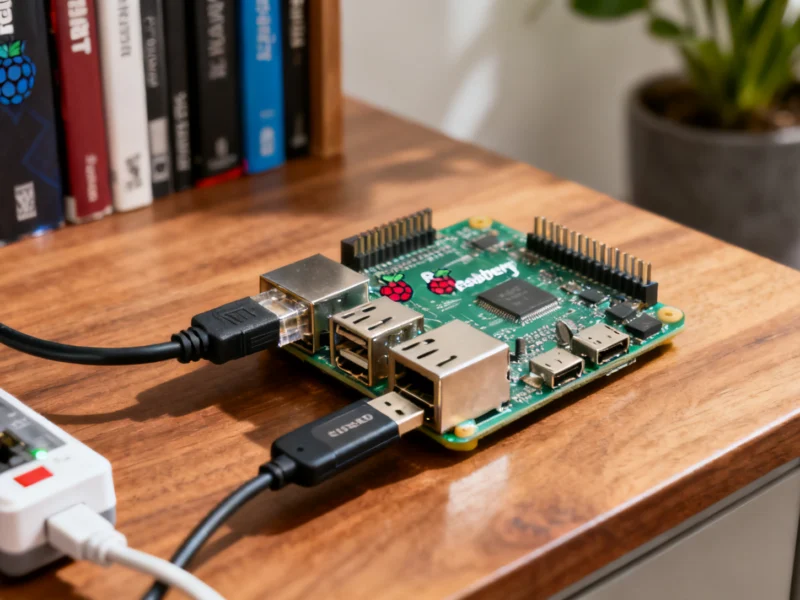Record-Breaking Performance Metrics
Apple’s next-generation M5 chip has reportedly achieved what sources indicate is the highest single-core performance score ever recorded in the Geekbench 6 database. According to an unconfirmed benchmark result uploaded to the testing platform, the processor achieved a remarkable single-core score of 4,263 points, surpassing all previous records for both Mac and PC processors.
The benchmark result, which analysts suggest should be treated as preliminary until official testing is conducted, points to significant performance improvements in Apple’s silicon architecture. The reported single-core performance represents what the report states is approximately 15-20% improvement over previous generation M-series chips, marking one of the most substantial generational leaps in recent processor development.
Technical Specifications and Architecture
The M5 chip featured in the 14-inch MacBook Pro reportedly contains a 10-core CPU configuration with four performance cores and six efficiency cores. This multi-core processor design allows the system to balance power consumption with peak performance depending on workload demands.
Industry observers note that single-core performance remains critically important for certain applications and gaming scenarios, despite the increasing emphasis on multi-core capabilities. According to reports, the single-core score specifically measures the performance of individual high-performance cores, while multi-core scores reflect the combined output across all processor cores working simultaneously.
Comparative Performance Analysis
The leaked benchmark result places the M5 chip significantly ahead of competing processors in single-core performance metrics. Sources indicate that similar performance has been observed in the M5 chip powering the new iPad Pro, which reportedly achieved a comparable single-core score of 4,175 points according to available Geekbench 6 results.
Technology analysts suggest that this level of single-core performance could have substantial implications for professional applications where responsive, single-threaded performance is critical. The achievement is particularly notable given ongoing industry developments in processor design and the continuous push for performance improvements across computing platforms.
Market Context and Availability
The new 14-inch MacBook Pro featuring the standard M5 chip is currently available for pre-order with an official launch scheduled for this week. According to the analysis, higher-end models equipped with M5 Pro and M5 Max chips are rumored to follow in early 2026, potentially offering even greater performance for professional users.
The benchmark data, accessible through public Geekbench records and additional testing results, comes amid broader market trends favoring performance efficiency in mobile computing. These developments occur alongside other related innovations in the technology sector and emerging recent technology advancements that are reshaping computing expectations.
Industry Implications
The reported performance achievement arrives during a period of significant transformation across multiple technology sectors, including industry developments in energy and computing infrastructure. According to industry observers, Apple’s continued advancement in custom silicon design could potentially influence broader market trends in processor development and performance expectations.
While these early benchmark results appear promising, analysts caution that comprehensive independent testing will be necessary to fully evaluate the M5 chip’s capabilities across diverse workloads and real-world usage scenarios. The computing industry continues to monitor these developments as manufacturers push the boundaries of what’s possible in mobile processing power.
This article aggregates information from publicly available sources. All trademarks and copyrights belong to their respective owners.



